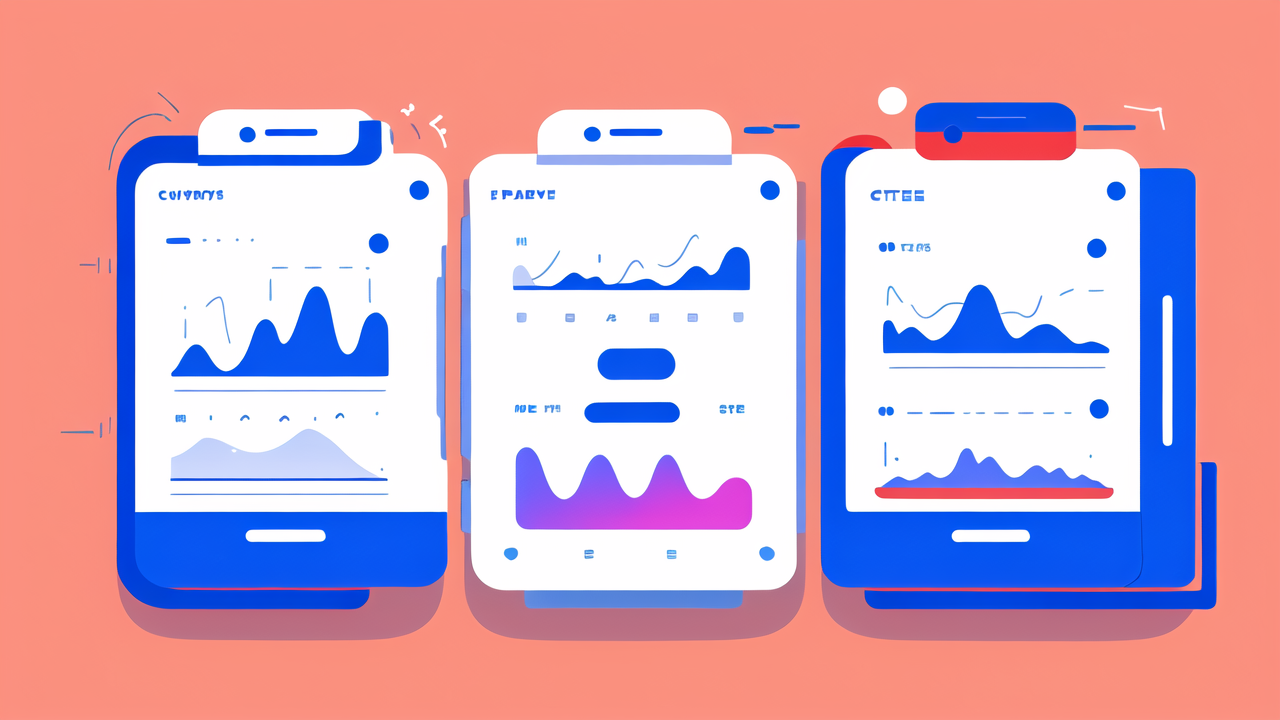The Evolution of Fitness Watches in the United States
The Rise of Wearable Fitness Technology
Wearable fitness tech has come a long way in the US. It started with simple step counters. Now, we have smart watches that do so much more. These devices track our health and fitness in ways we never thought possible.

Fitness watches have become a part of daily life for many Americans. They help people monitor their activity levels and health stats. The growth of this tech shows how much we value our health and fitness.
As more people use these devices, companies keep making them better. They add new features and improve accuracy. This has led to a boom in the wearable tech market.
Transition from Simple Pedometers to Advanced Metrics
Fitness watches have evolved from basic step counters to complex health tools. Early models just counted steps. Now, they track heart rate, sleep patterns, and even stress levels.
Modern fitness watches can measure:
- Heart rate variability
- Blood oxygen levels
- Calories burned
- Sleep quality
- Stress levels
These advanced metrics give users a more complete picture of their health. They help people make better decisions about their fitness and wellness.
How Consumer Demand Shapes Fitness Watch Development
Consumer needs drive the development of fitness watches. People want devices that are accurate, easy to use, and give helpful insights.
Manufacturers listen to user feedback and add features that people want. This has led to watches with longer battery life, water resistance, and more comfortable designs.
As users become more health-conscious, they demand more from their devices. This pushes companies to innovate and create better products.
Key Features of Modern Fitness Watches
Integration of AI and Machine Learning
AI and machine learning are changing fitness watches. These technologies make the devices smarter and more helpful.

AI can:
- Analyze patterns in your activity and health data
- Provide personalized recommendations
- Predict potential health issues
Machine learning helps the watch get to know you better over time. It learns your habits and adjusts its advice to fit your needs.
These smart features make fitness watches more than just trackers. They become personal health assistants that can help improve your overall wellness.
Wearable GPS and Real-Time Data
GPS in fitness watches has changed how people track their workouts. It allows for accurate distance and route tracking without needing a phone.
Real-time data gives users instant feedback on their performance. This includes:
- Current pace
- Distance covered
- Heart rate zones
- Calories burned
Having this info at a glance helps people adjust their workout intensity. It also makes it easier to set and reach fitness goals.
GPS also enables safety features like location sharing. This is great for solo runners or hikers who want to stay safe.
User-Centric Design and Customization Options
Modern fitness watches focus on user experience. They come in different sizes and styles to suit various tastes and needs.
Customization options include:
- Changeable watch faces
- Adjustable straps
- Personalized goal setting
- Custom workout plans
Users can make their watch look and work the way they want. This personal touch makes people more likely to wear and use their devices regularly.
The design also considers comfort for all-day wear. Many watches are now slim and lightweight, making them easy to forget you're wearing.
The Impact of Fitness Watches on Health and Wellness Trends
Encouraging Active Lifestyles and Accountability
Fitness watches have made people more aware of their daily activity levels. They encourage users to move more and sit less.

Many watches have features that remind you to stand up or take a walk. This helps combat the dangers of a sedentary lifestyle.
The ability to set and track goals gives users a sense of accountability. People are more likely to stick to their fitness plans when they can see their progress.
Sharing achievements with friends or on social media adds a social aspect. This can motivate people to stay active and reach their goals.
The Role of Fitness Watches in Healthcare and Wellness Programs
Healthcare providers are starting to use data from fitness watches. This info can help them make better decisions about patient care.
Some insurance companies offer incentives for using fitness watches. They may give discounts to people who meet certain activity goals.
Wellness programs at work often include fitness watch challenges. These can boost employee health and create a sense of community.
Doctors can use long-term data from these devices to spot health trends. This can lead to earlier detection of issues like high blood pressure or irregular heart rhythms.
Predictive Analytics and Personalized Fitness Advice
Fitness watches now use predictive analytics to offer personalized advice. They look at your data over time and suggest ways to improve your health.
This might include:
- Workout recommendations based on your fitness level
- Recovery time suggestions after intense activities
- Sleep schedule adjustments for better rest
- Stress management techniques when high stress is detected
As these systems get smarter, the advice becomes more accurate and helpful. This can lead to better health outcomes for users.
The future of fitness watches looks bright. They will likely become even more integrated into our health and wellness routines. As technology advances, these devices will play a bigger role in helping us lead healthier lives.




Leave a comment
This site is protected by hCaptcha and the hCaptcha Privacy Policy and Terms of Service apply.